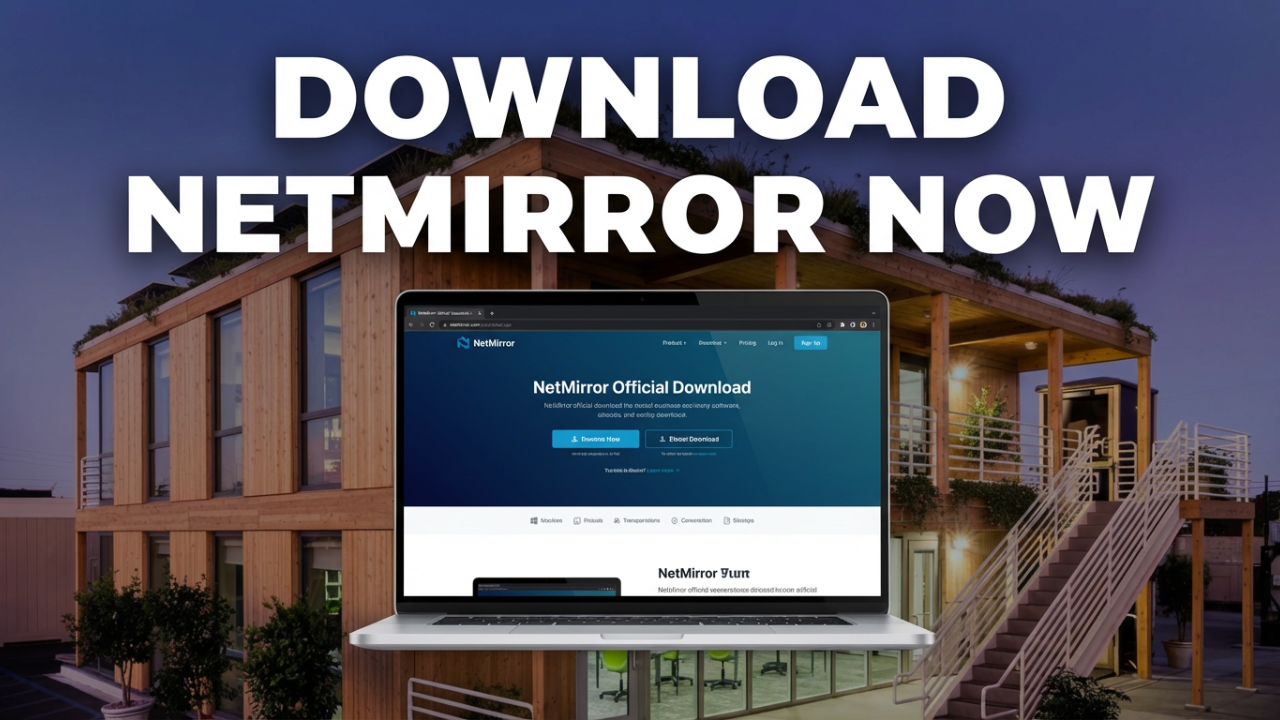Understanding Mainframes: The Backbone of Enterprise Computing
In the evolving landscape of technology, the term ‘mainframe’ often conjures images of colossal machines humming away in the shadows of data centers. While this might be an oversimplification, it is essential to understand what mainframes are, how they function, and why they continue to be relevant in today’s digital economy.

What is a Mainframe?
At its core, a mainframe is a high-performance computer designed for processing and storing vast amounts of data, enabling it to handle numerous simultaneous transactions and applications. Historically, the term ‘mainframe’ referred specifically to large computers primarily used by government bodies, large corporations, and universities. Today, the definition has evolved. Mainframes deliver exceptionally high reliability, security, and scalability—traits that make them indispensable in various industries.
Historical Perspective
Mainframes have been the backbone of corporate computing since the 1950s. IBM introduced one of the earliest models, the IBM 701, in 1952. Over the decades, mainframes have undergone significant advancements—moving from room-sized behemoths to sophisticated systems that fit on a standard equipment rack. The evolution of technology has caused many to predict the decline of mainframes; however, they have remained a critical part of business infrastructure.
Key Characteristics of Mainframes
- High Availability and Reliability: Mainframes are engineered to run continuously and without interruption. Such reliability is achieved through redundancy, where critical components have backups, and rigorous error-checking protocols.
- Scalability: Organizations can start with a modest configuration and scale up their operations as demand increases by adding more processors and memory without considerable system overhaul.
- Security: Mainframes offer robust security features that protect sensitive data. They operate in a controlled environment with stringent access measures, making unauthorized access extremely difficult.
- Efficiency: Mainframes can execute millions of transactions per second while maintaining minimal operational costs. This efficiency is vital for organizations with large data processing needs.
- Multi-User Support: Mainframes can support thousands of users simultaneously, making them suitable for large organizations with extensive operational needs.
How Mainframes Work
The architecture of a mainframe is designed to optimize resource utilization and performance. Mainframes typically employ multiple processors that work together to execute tasks. These systems can run various operating systems concurrently, allowing organizations to run legacy applications alongside modern software environments.
Input/Output Operations: Mainframes excel in managing thousands of simultaneous transactions. These operations are generally handled via various I/O devices, from traditional disk drives to advanced storage networks, ensuring swift data retrieval and processing.
Data Processing: At the heart of a mainframe’s operation is its ability to process substantial amounts of data simultaneously. This capacity is crucial for sectors such as banking, where transactions must be recorded and processed in real-time.
Storage: Mainframes feature substantial storage capabilities, using magnetic tapes, high-capacity hard disk drives, and cloud-based solutions to accommodate vast amounts of data. Furthermore, their sophisticated data management systems can efficiently handle complex data queries.
The Role of Mainframes in Modern Enterprises
Despite the rise of cloud computing and distributed systems, mainframes continue to play a pivotal role in various industries, particularly in finance, business, healthcare, insurance, and government sectors. Some prominent applications of mainframes include:
- Transaction Processing: Banking systems utilize mainframes for real-time processing of transactions, ensuring reliability and accuracy in managing bank accounts and credit card operations.
- Data Storage and Management: Organizations rely on mainframes to store mission-critical data securely and manage databases, running complex queries that support analytics and decision-making.
- Supply Chain Management: Many corporations employ mainframes to optimize their supply chain operations, ensuring efficient tracking of inventory and coordination with suppliers.
- Mainframe Virtualization: Virtualization allows companies to run multiple workloads on a single mainframe, providing better resource allocation and operational efficiency.
- Regulatory Compliance: Organizations in heavily regulated industries depend on the robust security and audit capabilities of mainframes to comply with data governance and regulatory standards.
Trends Shaping the Future of Mainframes
While mainframes appear to be relics of the past, they are at the forefront of modernization initiatives in many organizations. Here are some key trends influencing their evolution:
- Hybrid Cloud Strategies: Many organizations are adopting hybrid cloud environments, seamlessly integrating mainframes with cloud resources to enhance flexibility, scalability, and performance.
- DevOps and Agile Methodologies: The integration of DevOps practices into mainframe operations is gaining traction, enabling faster development cycles and better collaboration between traditional IT teams and modern application developers.
- Artificial Intelligence and Machine Learning: Mainframes are increasingly harnessing AI and ML capabilities to process vast amounts of data, enabling predictive analytics and automation that drive business intelligence.
- Modern Development Tools: The emergence of modern programming languages and development tools that run on mainframes is paving the way for a new generation of developers to engage with mainframe technologies.
- Sustainability: With the growing emphasis on sustainability and eco-friendly practices, modern mainframes are designed to be energy-efficient and significantly reduce an organization’s carbon footprint through better resource utilization.
Conclusion
Mainframes, often viewed through a lens of nostalgia, are still crucial to today’s digital landscape. Their unmatched reliability, security, and performance ensure that critical operations across various sectors run smoothly. As organizations increasingly adopt modern technologies and seek greater efficiencies, mainframes will continue to evolve, ensuring their relevance in a rapidly changing technological environment. Understanding the capabilities and future trajectory of mainframes is essential for businesses seeking to leverage their power in an era teeming with data-driven insights.
In summary, mainframes are not relics of the past but rather a fundamental pillar supporting the future of enterprise computing. As organizations continue to rely on data for strategic decision-making and operational efficiency, the importance of mainframes in this equation will undoubtedly persist.
Shop Now






